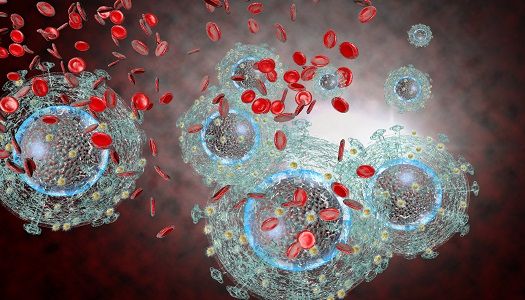Article
Less Frequent ART Could Become a Reality for People with HIV
Author(s):
Researchers have been examining the possibility of reducing the frequency of antiretroviral therapy (ART) in people with the human immunodeficiency virus (HIV), and with recent positive results, it could only be a matter of time before that becomes a reality.

People with the human immunodeficiency virus (HIV) are advised to comply with their antiretroviral therapy (ART) every day as prescribed. But researchers have been examining the possibility of reducing the frequency of ART, and with recent positive results, it could only be a matter of time before that becomes a reality.
Multiple studies are happening in France to assess potential changes with ART. The following trials are evaluating switching up HIV drugs and dosages:
- ANRS 165 DARULIGHT: Cutting daily dose of Darunavir in half
- ANRS 167 LAMIDOL: Combining Lamivudine and Dolutegravir
- ANRS 163 ETRAL: Combining Etravirine-Raltegravir
- ANRS 162-4D: Limiting frequency of ART
Pierre de Truchis, MD, from Hôpital Raymond Poincaré presented the results from ANRS 162-4D at the 21st International AIDS Conference (AIDS 2016) in South Africa.
In 2015, the ICCARRE project revealed promising results showing that ART could be lowered from five days a week to four — and even fewer days in some cases. This is what led the French team to conduct that latest trial. One hundred patients with HIV received the same ART regimen four consecutive days a week for 48 weeks. The aim was to find if this would keep the patients’ plasma viral load below 50 copies/mL.
- Related: HIV Test Kits Can Take the Heat, Study Finds
Before enrolling in this study, the patients had undetectable viral loads for four years since they had been taking triple ART for an average of five years. The therapies included two nucleoside analogues and one non-nucleoside reverse transcriptase inhibitor or a protease inhibitor.
At the end of the 48 weeks, 96% of patients were still on the four-day a week ART with a viral load below 50 copies/mL.
“The analysis of treatment adherence showed that the four times a week regimen was well adhered to and accepted by the patients. In over 90% of cases, drug intake matched the prescription,” de Truchis explained.
Results were gathered from questionnaires, assays of blood drug levels, and electronic pillboxes that recorded drug doses. There were only three patients that had detectable viral loads (785, 124, and 969 copies/mL) at weeks four, 12, and 40, respectively. Their viral loads became undetectable once they went back to ART seven days a week.
While recommending four-day ART should not be done in everyday practice yet, the results have pushed the researchers to move forward to the next step. There have already been 640 patients recruited for the ANRS QUATUOR trial, which will compare two four-day and seven-day treatment strategies.
Also on MD Magazine >>> Heterosexual HIV-Serodiscordant Couples Greatly Benefit from Early ART





